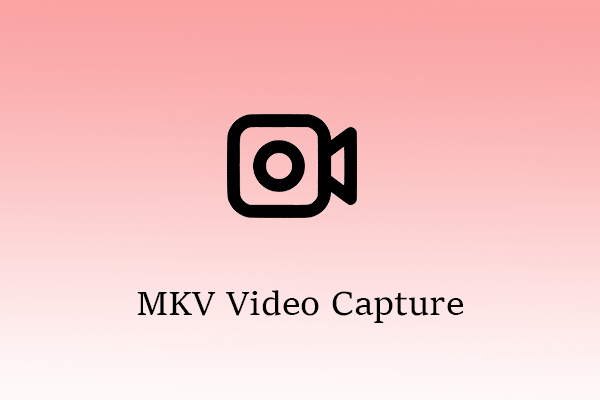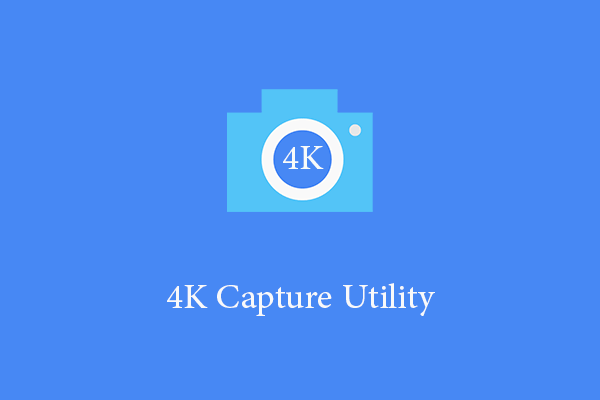This article created by the free video converter from MiniTool delves into the nuances of screen capture MOV, MOV recording, and MOV screen recorders, while also exploring whether you should record in MOV or MP4.
In today’s digital landscape, capturing and recording screen activities is a common practice for various purposes, from creating tutorials and presentations to recording gameplay and video conferencing. When it comes to choosing the right format for these recordings, MOV and MP4 are two prevalent options.
What Is MOV?
MOV is a multimedia container file format developed by Apple and primarily associated with QuickTime. It can store a variety of media types, including video, audio, and text. MOV files are known for their high quality and ability to handle multiple tracks, making them a popular choice for video editing and production.
What Is MP4?
MP4, or MPEG-4 Part 14, is a digital multimedia container format widely used for storing video and audio. It is a standard format for streaming and sharing video on the internet due to its high compression efficiency, which balances quality and file size. MP4 is universally compatible with a variety of devices and platforms, making it a versatile choice for many users.
Should I Record in MOV or MP4?
The decision to record in MOV or MP4 depends on your specific needs and the context in which you will use the recordings. Here are some factors to consider:
#1 Compatibility
MP4 is universally compatible across different devices and platforms, including Windows, macOS, Android, and iOS. If you need to share your recordings widely or use them on various devices, MP4 is the safer bet.
#2 Quality vs. Size
MOV files typically offer higher quality but result in larger file sizes. If you prioritize quality and plan to do extensive editing, MOV is preferable. Conversely, if you need to save storage space or upload files quickly, MP4’s efficient compression makes it ideal.
#3 Editing Needs
For professional video editing, MOV is often the preferred format due to its flexibility and superior quality. However, MP4 is also widely supported in most video editing software and might suffice for less intensive editing tasks.
#4 Platform
Consider the platform you are working on. Mac users might lean towards MOV for its native support, while Windows users might find MP4 more convenient.
Screen Capture MOV: Why Use It?
Using MOV for screen capture has several advantages, particularly for those in environments where quality is paramount.
- High Quality: MOV files support high-definition video and audio, ensuring that your screen captures are crisp and clear.
- Flexibility: The format supports multiple tracks, which is beneficial for recording complex sessions that might include video, audio, and subtitles.
- Editability: MOV files are well-suited for video editing. They can be easily imported into professional editing software like Adobe Premiere Pro and MiniTool MovieMaker without losing quality.
MiniTool MovieMakerClick to Download100%Clean & Safe
MOV Recording and Screen Recorders
Several screen recording tools offer the option to save recordings in the MOV format. Some popular ones include:
- QuickTime Player: This is a natural choice for Mac users. QuickTime Player supports high-quality screen recording in MOV format and integrates seamlessly with macOS.
- OBS Studio: Open Broadcaster Software (OBS) Studio is a free and open-source tool that supports recording in multiple formats, including MOV. It offers extensive customization options for advanced users.
- Camtasia: This is a powerful screen recording and video editing tool that supports MOV format. It is suitable for creating professional-quality tutorials and presentations.
MiniTool Video ConverterClick to Download100%Clean & Safe
Conclusion
Choosing between MOV and MP4 for screen capture and recording depends on your specific requirements for quality, compatibility, and storage. Screen capture MOV offers high quality and is ideal for professional editing environments, while MP4 provides excellent compatibility and efficient file sizes suitable for a broader range of applications. Understanding these differences will help you make an informed decision and ensure that your screen recordings meet your needs.




User Comments :